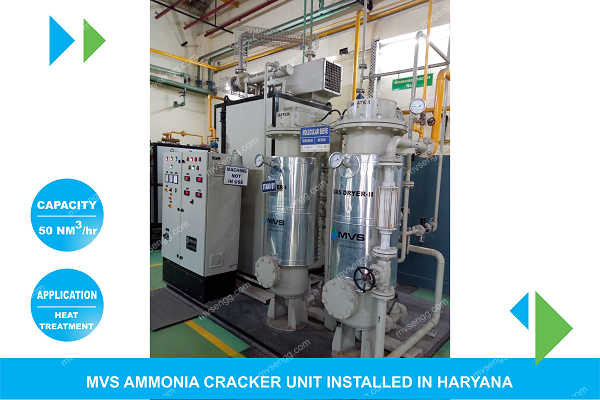Hydrogen fuel is a clean energy carrier with the potential to contribute significantly to global decarburization. The low volumetric energy density of hydrogen—in both compressed gas and liquid forms—makes hydrogen storage a complex problem for most applications. This limitation is felt most strongly in the area of onboard storage, but it is also problematic in the delivery and distribution of hydrogen. Hydrogen’s low energy density is perhaps one of the greatest barriers to the implementation of hydrogen-fueled fuel cell vehicles.
A number of chemical, solid-state and other approaches have been examined and are currently being investigated that could lead to higher stored energy density. Little attention, however, has been given to the possibility of using ammonia, NH3, as a medium for the storage of hydrogen on board vehicles or for use as a distribution medium.

The use of ammonia (NH3) as a hydrogen carrier appears to be a potential alternative for energy storage and delivery. Because ammonia has a high volumetric hydrogen density and has been manufactured in enormous amounts for use as a fertilizer for over 75 years, there is already extensive storage and transportation infrastructure in place.
AMMONIA CRACKER-AN EFFECTIVE WAY FOR ON-SITE HYDROGEN GAS GENERATION
Ammonia cracking is one of the most cost-effective methods for producing hydrogen gas on-site for industrial purposes. Cracking can be used to convert ammonia into a combination of nitrogen (N2) and hydrogen (H2), which can subsequently be utilized as fuel. In the electrically heated furnace, temperature of 850°C is maintained for this operation. The furnace contains a nickel catalyst and a centrifugal cast retort which is installed in the centre of the furnace. Ammonia cracking occurs in the presence of nickel catalyst at this stage. At a dew point of (-)30°C, the method separates its essential constituent into 75% hydrogen and 25% nitrogen gas. Since nitrogen gas is generally inert, this mixture is considered pure hydrogen gas. Thus ammonia cracking becomes the most cost-effective, tried, and dependable source of on-site hydrogen generation for many small and large industries. After the ammonia cracking unit, a molecular sieve purifier reduces residual ammonia content and produces very dry gas.
Applications
Ammonia cracker is widely used in the below industrial processes:
- Heat treatment furnaces during the process of Annealing, Sintering and Galvanizing
- Reducing furnace atmosphere
- Stainless Steel bright annealing
- Carbon Steel bright annealing
Hydrogen transportation approach- Centralized vs decentralized
Similar constraints that cause problems in storing hydrogen onboard a vehicle arise when hydrogen is transported. A decentralized approach, in which imported ammonia is brought to the point of use and cracked on-site, is projected to be more cost-effective than a centralized one, in which imported ammonia is cracked centrally and then carried as hydrogen to the point of use.
Also Read
It can be concluded that installing ammonia cracker units at local sites is a compact, efficient and safe way for hydrogen generation.

